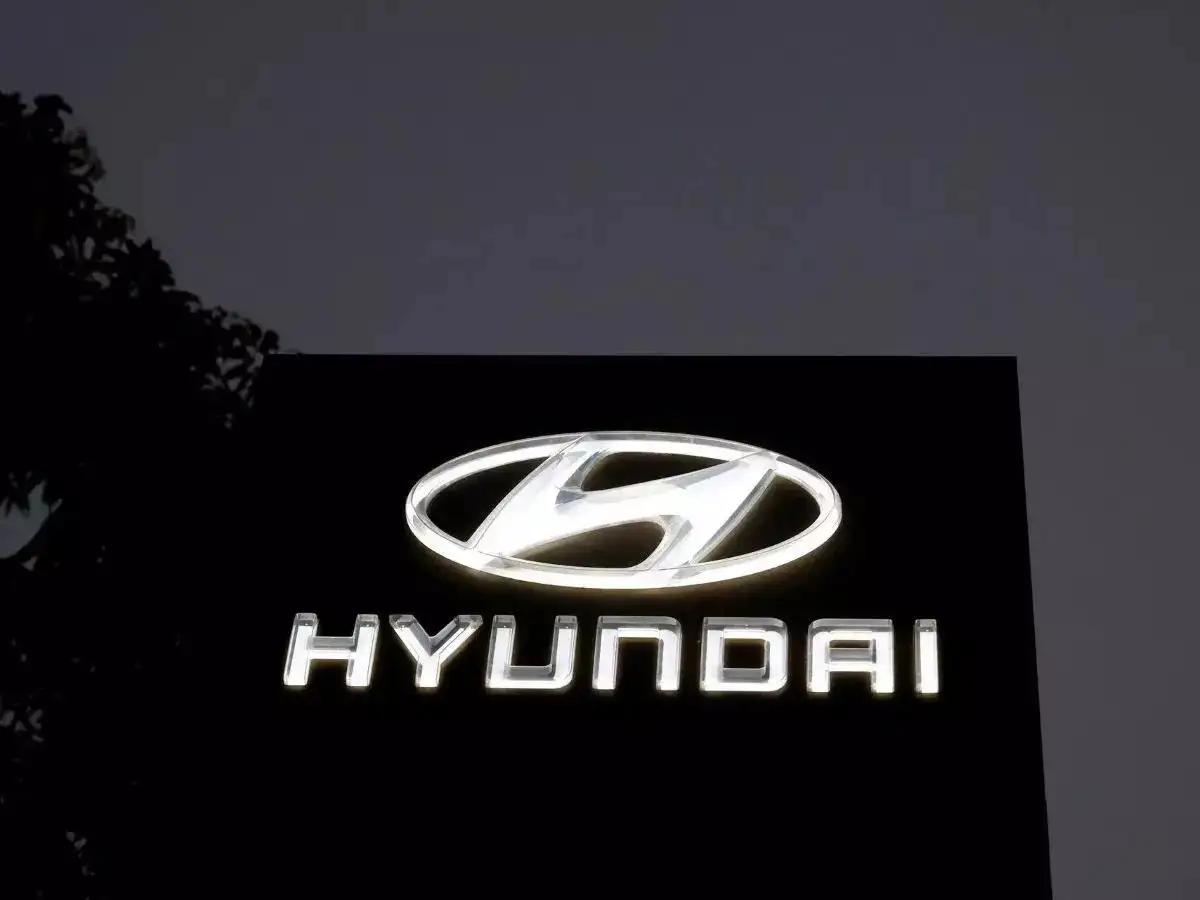In a significant shake-up of India’s auto industry rankings, Hyundai Motor India has lost its long-standing second position in the country’s passenger vehicle market for the first time in two decades. Once a firm runner-up behind Maruti Suzuki, Hyundai now finds itself pushed to fourth place after being overtaken by both Mahindra and Tata Motors in the first half of FY26.

Hyundai’s Sales Dip and Market Shift
According to industry data, Hyundai sold 271,780 vehicles between April and September 2025, a decline of over 9 percent compared to 299,094 units during the same period last year. This dip allowed Mahindra, which saw a sharp 14.4 percent rise in sales to 297,570 units, to climb to the number two spot. Tata Motors maintained its third position with 273,766 units sold, slightly above Hyundai’s numbers.
September sales further confirmed the trend, with Hyundai dispatching just 51,547 units — its weakest performance in months. Analysts attribute the fall largely to Hyundai’s heavy reliance on a few models like the Creta and Venue, while other offerings such as the i20, Verna, Alcazar, and Tucson have struggled to make a mark. The Creta alone accounted for more than one-third of Hyundai’s total sales in September, selling 18,861 units, followed by 11,484 units of the Venue.
Mahindra’s Rise and Tata’s Strong Hold
While Hyundai’s portfolio faces pressure, rivals Mahindra and Tata Motors have built stronger, more diversified product lineups. Mahindra’s success has been broad-based, driven by robust demand for models like the XUV 3XO, Scorpio N, Thar, and the newly launched Thar Roxx. The company has also gained traction with its expanding range of electric vehicles such as the BE 6 and XEV 9e, helping it capture a larger market share.
Tata Motors, meanwhile, continues to dominate the compact and entry-level SUV segments with the Punch and Nexon. Its multi-powertrain strategy — offering petrol, diesel, CNG, and electric variants across multiple models — has given it flexibility and resilience amid shifting consumer preferences. Even as Mahindra dominates in larger SUVs, Tata has held its ground in electric vehicles, leading the EV market despite emerging competition from JSW MG Motor’s Windsor.
The Road Ahead for Hyundai
Industry experts caution that Hyundai’s fall does not necessarily signal a long-term decline. The company is in the middle of an inventory correction and a transitional product cycle. With an ambitious roadmap ahead, Hyundai is preparing to launch the next-generation Venue in November, expected to reignite customer interest.
Beyond this, Hyundai plans an aggressive expansion with 26 new models by 2030, including 20 internal combustion engine vehicles across new launches, facelifts, and full-model upgrades, along with six new electric vehicles. This pipeline indicates that the Korean automaker is far from conceding its position and is gearing up for a strong comeback.

A Changing Market Landscape
The shake-up in rankings reflects a broader transformation in India’s car market. While Maruti Suzuki remains the undisputed leader, its market share has also shown signs of softening. Meanwhile, Toyota Kirloskar Motor and Kia India are steadily climbing the ranks with fresh launches and expanding production capacities.
Analysts believe that the competition will only intensify as automakers double down on new technologies, electric mobility, and diversified portfolios to meet evolving consumer preferences. For Hyundai, the challenge will be to balance its reliance on SUVs with a more dynamic product mix that resonates with India’s growing middle-class buyers.
India’s automotive landscape is witnessing one of its most competitive phases in years. Hyundai’s slip may be temporary, but it underscores how quickly leadership positions can change in a market where innovation, adaptability, and timing decide who stays ahead.
For more updates on India’s auto sector, financial markets, and industry trends, follow You Finance on Instagram and Facebook.
















